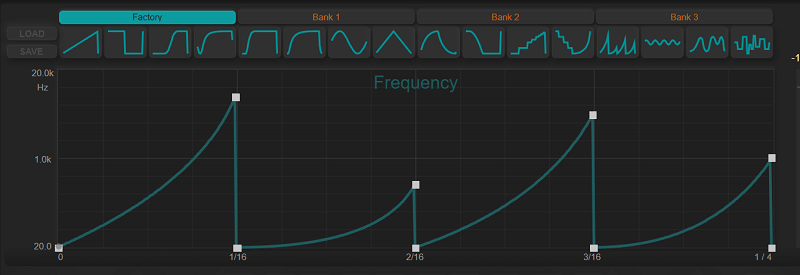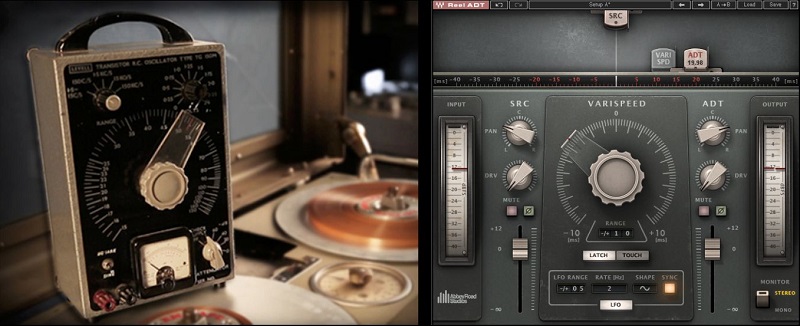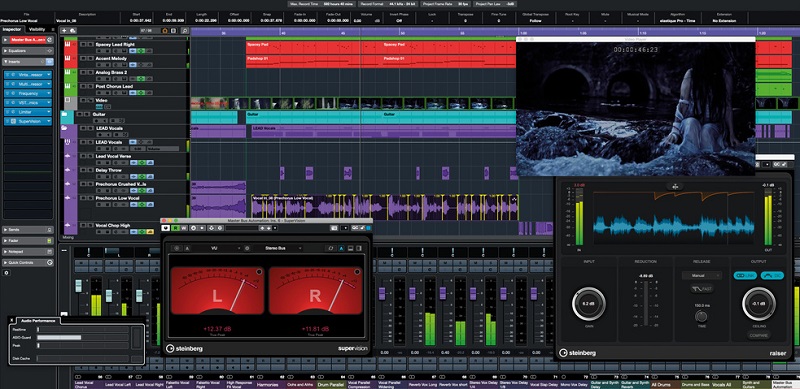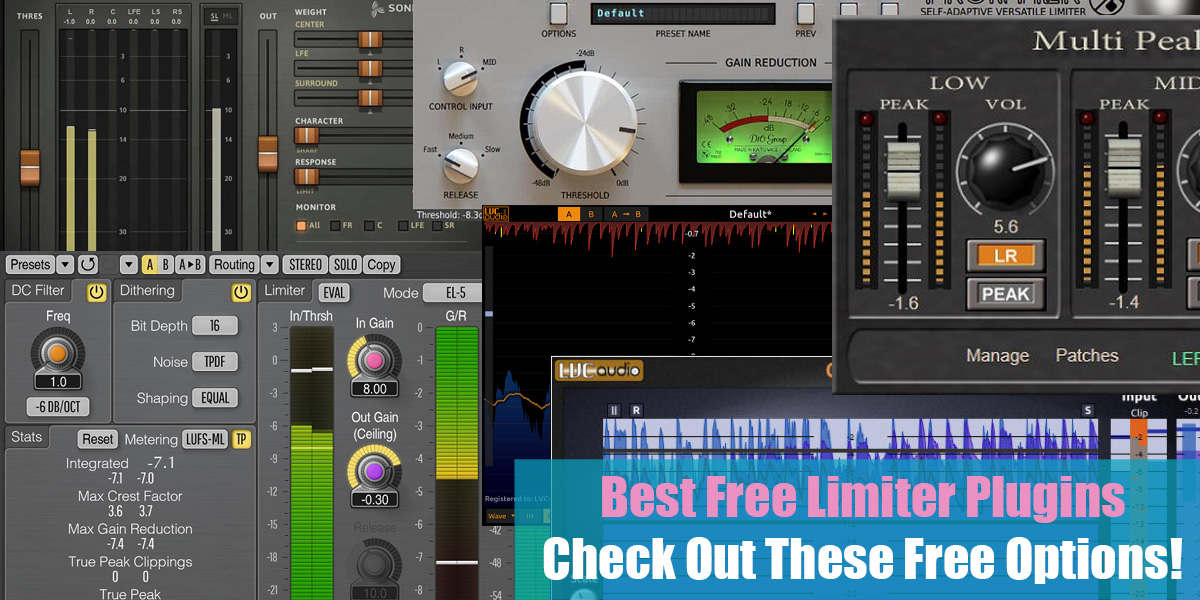Song Arrangement Tips
Introduction
It is easy to lose focus during a complicated mixing process. The mixing and arrangement of music are closely related. In music, timbre and texture are two basic elements that can be controlled differently. An arrangement is a way in which the instruments in a song interact with each other and with the composition.
Songwriting is the process of choosing which instruments to use for which parts and how they should be played. In order to achieve a high-quality result, there are many factors that need to be considered. You may find it difficult to keep track of all of them.
There are a number of factors that contribute to the quality of your mix, including the acoustics of the room, the choice of monitor speakers, and the quality of your audio interface and VST plugins. Although you may have set up your home studio properly, you may still find yourself struggling with the song.

There are several steps that need to be taken in order to achieve a positive outcome
You can reap a variety of benefits from good arrangements in addition to making your mix sound better. It is important to pay attention to the arrangement when writing a song. There will always be a place for memorable music in the world.
By contrast, a strong arrangement highlights the most important aspects of your composition. There is no doubt that memorable music will always stand on its own. In contrast, a strong arrangement emphasizes the best aspects of your song.
It is equally important to make smart mixing decisions. An artist can make or break a song by choosing the correct synth tone for a busy lead or decluttering the texture to let the vocal shine. Considerations must be made regarding a number of factors.
Listed below are 15 tips that will help you turn your separate melodies into a song that will captivate your listeners.
1. Listen To Your Song
There is no doubt that it sounds painfully obvious, but many artists tend to concentrate their attention on the arrangement’s appearance rather than just listening to how it sounds.
After listening to your song a few times, you will be able to identify what needs to be improved and what needs to be reduced. Taking note of other musicians’ arrangements and incorporating them into your own track is also a good idea.

2. Layering Sounds
The key to an effective song arrangement is not to include a large number of elements, but rather to emphasize the few that are already present. The technique of layering is commonly used in music production.
This technique involves the use of multiple audio tracks playing the same part at the same time. As a result of the combination of each element, a single piece will appear to be larger within a mix as a whole. If you want to read more on this topic, you can do it here!
3. Minimalistic Approach
We find that some songs have a very busy sound as if there are too many things going on at once, and that does not make for a pleasant listening experience.
You may want to mute certain parts of the song in order to see if it works better, or you may want to remove certain elements that interfere with one another. Trying to cram as much into a track as possible is not important. What matters is how it sounds. Less is more!
4. Background Vocals
Assuming the lead vocal has remained fairly static throughout the arranging and production phases, coming up with some background vocals (also known as BGVs) can really spice up the track and give it a unique feel.
It is common for a producer or arranger to have ideas about what the BGVs should be, but we have found that it is more beneficial to work directly with the vocalist(s) in the studio.

5. Tonality Of The Song
The register of a part refers to the height at which it is played. For example, the high register of a piano part would be played at the high right of the keyboard. The track will likely sound dull or too dense if every part of it is in the same register. As the song progresses, consider spreading parts out a bit and changing the register as necessary.
6. Randomize!
Make use of non-linear composition technology when arranging your track. This is a straightforward method of building sections of music on a timeline and instructing it to play them in a particular sequence.
This is an effective and simple method of mixing up your arrangements, giving you a different perspective on the track. You can also find some brilliant randomizers out there that will arrange notes and clips in ways you might not have thought of before.

7. Avoid The Fade
Producers have always faded out at the end of a track, but this practice is becoming increasingly out of style.
There are some tracks that begin with a fade-in and use sound effects from nature, such as running water or rain, as opposed to fading out at the end of the track. You may be more likely to remember the song if you simply end it at a natural point in the song.
8. Harmony
It is not only possible to add interest to a piece by changing its harmony, but it can also make it more interesting and give it a new lease on life while almost forcing the listener to pay more attention while reconciling the original tune they are familiar with with the new version that is presented to them and attempting to determine why it has changed.
9. Experiment Between Genres
Is it common for you to listen to a lot of music on the radio? There is something amazing about being different and completely out of the ordinary.
In this way, some of the best musicians of all time have redefined genres, but caution should be exercised. Ideally, you should strike a balance between being different and selling some copies at the same time.

10. Get Assistance
There can never be enough said about the benefits of a fresh pair of ears. When you hear the same thing over and over again, you may feel bogged down and unsure of what to do next. Taking the tracks in a new direction will be possible by integrating a new perspective.
Invite your producer or mixing engineer friend and ask for their opinion. Oftentimes, they will give you their unique view on the song – and sometimes even small changes can mean a lot!
11. Double Up
A modern way of doing this is to duplicate parts and play them with a slight delay, or a more traditional method involves having two instruments play the same part simultaneously. There is a wonderful effect that can be achieved by doing this, and you can add more depth than you would expect!
Also, there are various VST plugins that can help you out with this in order to get more natural-sounding outcomes that will most definitively complement your song. Check this article out on double tracking!

12. Arranging Drums
Drum kits play a vital role in beat-driven music, and the variety of sonic palettes they offer makes them an extremely powerful arrangement tool when used properly. Additionally, adding incidental tom hits to the main drum groove for the second half of a verse or middle eight may suggest an increase in tension or intensification.
If you carefully analyze your genre, you will be able to notice such variations and implement them yourself. As we said, a sudden percussive hit will mean a lot sometimes.
13. Play With SFX
What better way to engage your listeners than to keep them on their toes? Play around with vocal effects, mix up the instrumentation, or add a new riff to a verse to keep the surprises coming. It is crucial to make subtle changes within a song in order to keep the listener interested in where the piece is headed.
Adding sound effects in the same key of the song will not interrupt the natural flow, and yet add much-needed interest for the listener.
14. Keep The Human Touch
In order to make a song perfect before releasing it, it is always possible to obsess over the details. Obviously, some genres (such as electronic music) require perfect rhythmic patterns, but for a more raw, visceral music experience, occasional imperfections can elevate a song beyond what is expected and give it a more human feel.
With that being said, our suggestion is to add some natural timing “slips” to live genres more in comparison to EDM music. Even tho it is not natural to have shuffles in EDM, having one that is tastefully set will throw your listeners out in a positive manner!
15. Keep It Brief
Please ensure that your arrangement is intended to last a certain amount of time. It is probably at the appropriate length if you and others remain engaged throughout the entire arrangement.
However, if the song seems to drag on, it could be that your arrangement is forcing the song to be longer than necessary. This is counterproductive and we suggest cutting it down to the timing where it sounds most natural.

Music Arrangement: How Do You Do It?
Think of selecting instruments for your track as you would a painter choosing colors. Take a look at the lyrics of your song, as well as the story you are telling, and let that determine the vibe of the song.
Pay close attention to the relationship between the kick drum sound and the bass sound, especially during the recording phase. This partnership has the potential to take your track to the next level and facilitate the mixing of the low end.
It is your harmonic instruments that will add the real color to your song once the rhythm section is in place. In most cases, if you are able to assemble a group of talented musicians, they will be able to learn your song and create and execute your arrangements independently.
Arrangement of a Song: The Biggest Myth
You will miss a whole framework for crafting beautiful compositions if you believe that’s all there is to an arrangement. As a result of the arrangement, you are able to see your track from a variety of angles in order to remove excess and support the content that is already working.
Selecting the order of sections does not guarantee that the song will capture the attention of the listener. Arrangements can be divided into three types, and you must make active decisions about each in order to establish your track on par with the music you enjoy.
Next, we will discuss instrumental arrangements – how notes, chords, and melodies are arranged across the various instruments in your ensemble. You should keep in mind that this may change during the course of your track.
When the melody line is switched from a vocal to a synth, the melody line can be delivered in a fresh and new way. In addition, spatial arrangement refers to the placement of sounds within your mix by controlling their volume, panning, and sense of presence. I have presented that list in the form of bullet points in order to make it as simple as possible.
Conclusion
On that note, let us conclude this discussion. A good idea when putting together a musical arrangement is to take a step back from time to time and consider alternative approaches and options.
Hopefully, some of these suggestions will prove useful at times. It is at this point that firm decisions need to be made pertaining to music arrangements. However, it does not necessarily have to be a daunting process.
It is surprising how many different sounding tracks you can create by using just a few sounds, and how you can develop these in order to convey your intended message. It is possible to take your track to places you never thought were possible by playing around with it, and hopefully, some of these tips will be helpful to you.







